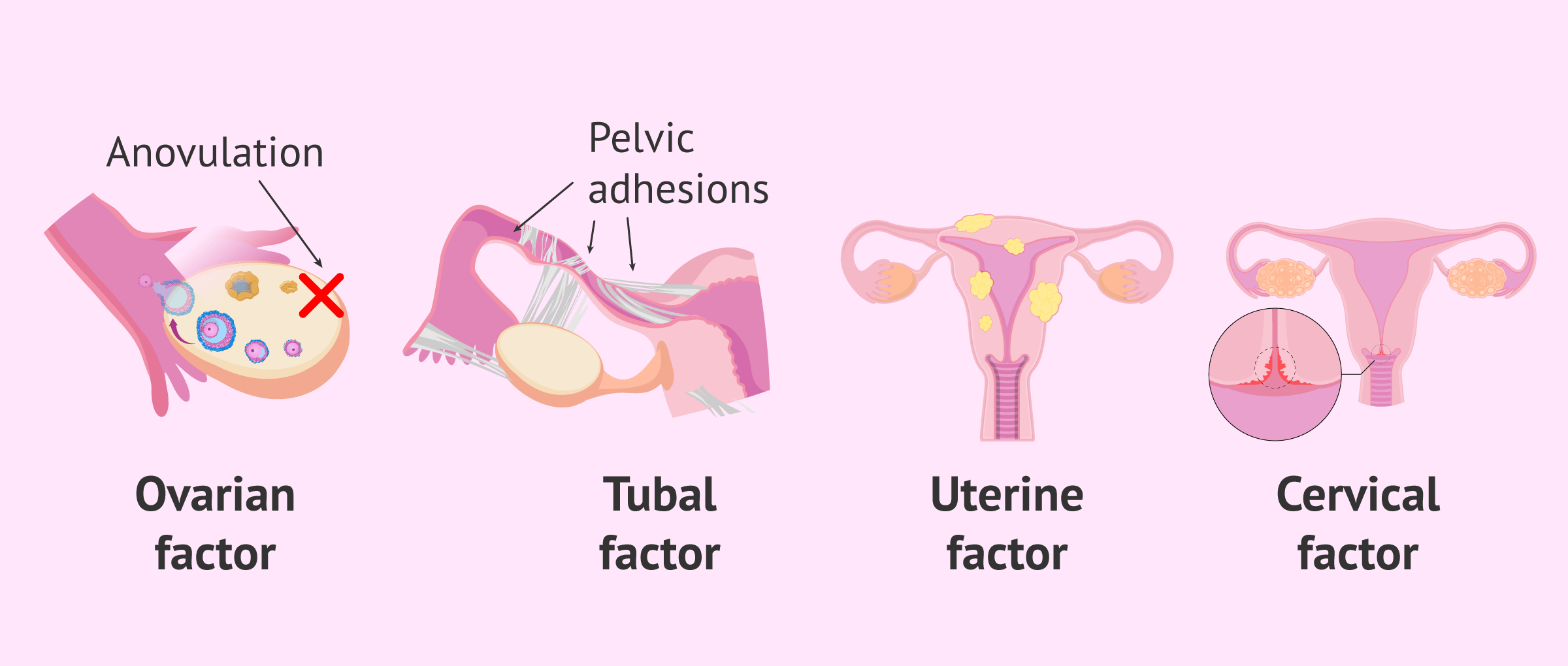

Male Infertility Causes
Ovulation Induction (OI)
Ovulation induction is the process of using medications to stimulate ovulation in women who have irregular or absent ovulation (anovulation). According to the National Institutes of Health, 25 to 30 percent of women with infertility have problems with ovulation.Normal ovulation occurs when the ovary releases a mature egg in preparation for that egg to be fertilized. Normal ovulation occurs roughly once every 28 days during a woman’s menstrual cycle. Intervals of 21 to 35 days are considered acceptable and reflective of normal ovulation. If fertilization does not occur, the mature egg and any supplementary tissues are broken down and cleared from the uterus naturally.
When ovulation happens less than once every 35 days or is unpredictable, it is considered to be irregular. When ovulation is completely unpredictable – in interval or duration – it is considered oligoovulation. If it doesn’t occur at all, it is called anovulation. Ovulatory problems impact fertility by taking away the predictability of ovulation and potentially the availability of an egg to be fertilized.
The goal of ovulation induction is to increase a woman’s chances of conceiving a child, either through sexual intercourse or by using intrauterine insemination (IUI) or another fertility treatment. However, when the absence of ovulation is a symptom of another fertility issue, treating the underlying problem can also restore normal ovulation and fertility.
Medications used for ovulation induction
Ovulation induction uses a variety of hormone-based medications to regulate a woman’s reproductive hormones and increase the chances of ovulation. Some of the commonly used medications are:
• Clomiphen citrate: Stimulates ovulation in women who have normal pituitary (a gland in the brain) hormones but in whom the normal monthly changes in these hormones are not occurring. Most patients know this medication by its brand name Clomid.
• Aromatase inhibitors: With similar indications as for clomiphene citrate, this type of medication is very effective in patients with PCOS. Most patients know this medication as letrozole or by the brand name Femara.
• Insulin-sensitizing agents: These are used in some PCOS patients who have evidence of diabetes or prediabetes. Most patients know this medication as metformin.
• Gonadotropins: Consist of two injectable hormones, luteinizing hormone (LH) and follicle-stimulating hormone (FSH), that encourage egg development and are normally produced by the pituitary gland. Because of how powerfully gonadotropins stimulate egg development, they require more frequent monitoring than clomiphene citrate and letrozole. Risks include multiple pregnancy and ovarian hyperstimulation syndrome (OHSS), in which the ovaries become overstimulated and swollen.
In some cases, treating another condition, such as obesity or hypothyroidism, can jump-start ovulation naturally.
Assisted Reproductive Technology or (ART)
It is one of the best-known treatment options available. This technology is performed through the combination of fertility drugs and hormonal therapy. Other types of tests include gamete intra- fallopian transfer, In Vitro fertilization, intrauterine insemination, and zygote intrafallopian transfer.
In Vito fertilization (IVF)
It is a comprehensive and highly advanced procedure in order to assist the sperm and the egg. IVF is a technique of artificial insemination in which the egg and sperm are combined outside the body and then placed in the uterus after the formation of the embryo. The procedure was first introduced in 1981 and has been successfully used to give birth to over 200,000 babies. The drug called Clomiphene or Clomid and Serophene are highly recommended treatments for infertility problems.
Intrauterine insemination (IUI)
It is another procedure which uses a small amount of concentred sperm cells. This is a painless process and takes few minutes to accomplish.
GIFT
InGametIntrafallopianTubeTransfer (GIFT), the sperm and eggs are mixed before insertion.

